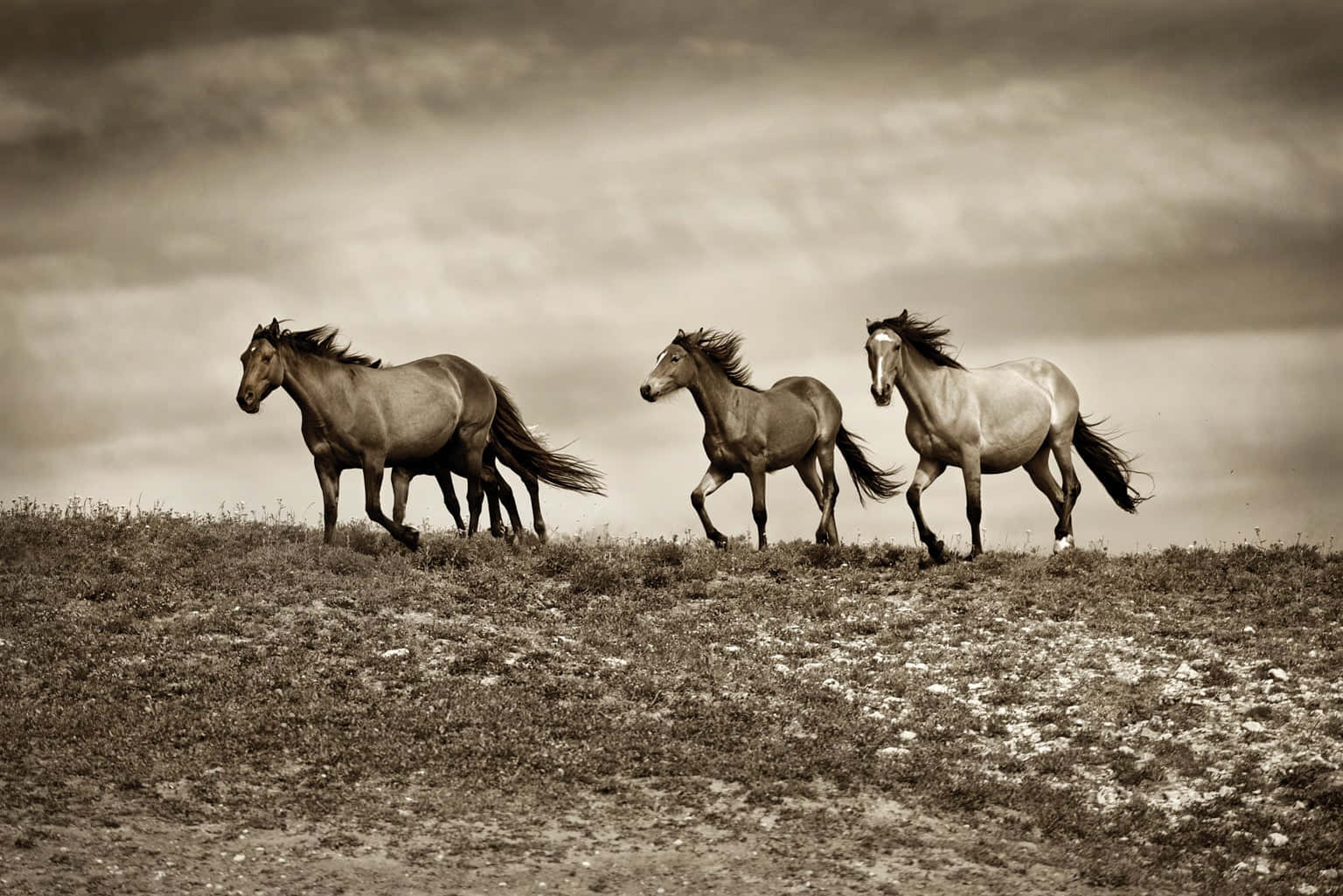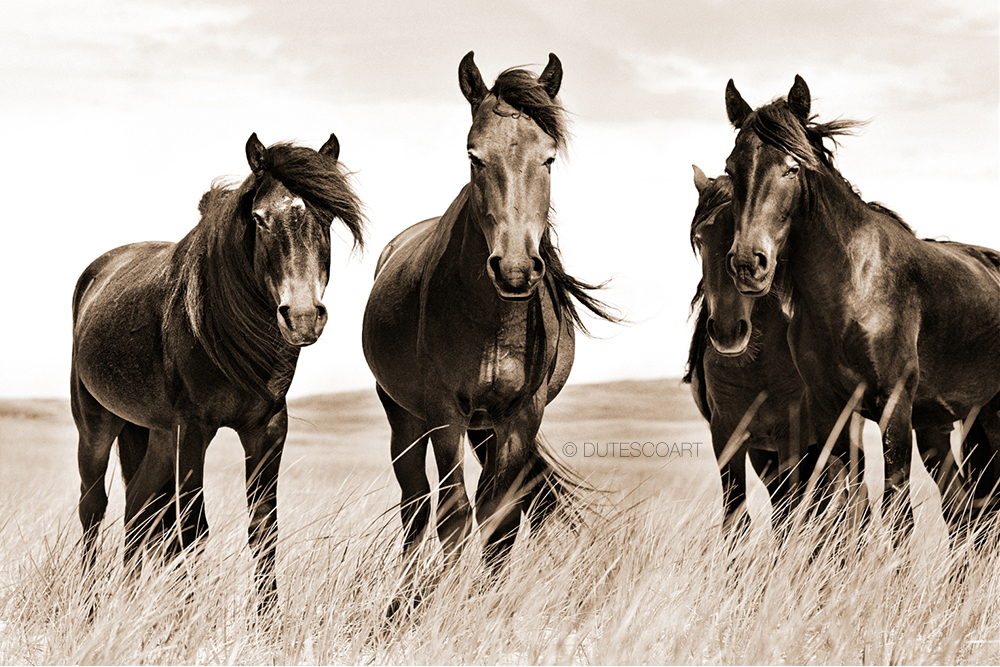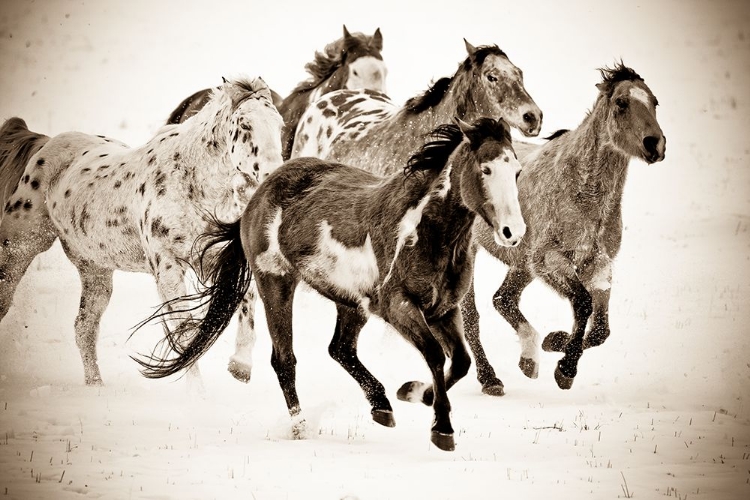Have you ever wondered about the natural process of horses mating with each other? It's a truly amazing part of the animal kingdom, one that shows off the power and beauty of nature. For anyone who loves horses, or perhaps is just curious about how these magnificent creatures reproduce, understanding this process is pretty interesting. We're going to explore the natural behaviors involved, giving you a clear picture of what happens.
You know, horses, which are also called Equus caballus, are hoofed, plant-eating mammals. They belong to the family Equidae, which also includes animals like zebras, mules, and donkeys. There are, as a matter of fact, over 300 different kinds of horses around the world today, each one developed for many different uses. Even with all these different kinds, they are all still part of that single species, Equus caballus, which is quite something.
Learning about horses mating with each other helps us appreciate their biology and the long, deep relationship humans have had with them. For centuries, people have worked with horses, breeding them for specific jobs, riding, or even for food and milk. This long history means we have learned a lot about their lives, including how they reproduce naturally, which is what we will explore right now.
Table of Contents
- The Equine Family and Their Amazing Diversity
- What Happens During Natural Horse Mating?
- Preparing for Natural Mating
- Health and Safety Considerations
- The Role of Humans in Horse Breeding
- Frequently Asked Questions About Horses Mating
The Equine Family and Their Amazing Diversity
Horses are, you know, pretty special animals. They have long necks, long legs, and a single solid hoof on the ends of their feet. Over many, many years of careful breeding, humans have helped develop a huge variety of colors and patterns in their fur, which is pretty cool. Today, there are about 60 million domesticated horses living around the world, which is a lot of horses.
The scientific name for these animals, Equus caballus, actually means "horse" in Latin. It’s interesting to think about that. These animals are mammals, and they share a family with other familiar creatures like zebras, mules, and donkeys. So, in a way, they are all related, which is kind of neat.
Most kinds of horses are able to do work, like carrying people on their backs or being hooked up to pull things. Different kinds of horses have been tamed and are used for work, riding, and sometimes even as a source of food or milk. They are, essentially, plant-eaters, meaning they eat grass and other plants. But, you know, some plants can be really bad for them, like ragwort or even lemongrass oil, so you have to be careful what they eat.
Learning about all the different kinds of horses, where they came from, and how they are used, really helps you appreciate these animals. It's an ultimate guide for anyone who loves horses, truly. This diversity, you see, also extends to their natural behaviors, including how horses mate with each other.
What Happens During Natural Horse Mating?
Understanding how horses mate with each other is a really captivating part of learning about their biology and behavior. It’s a process that is, quite honestly, much more involved than you might first think. Natural breeding is the old-fashioned way horses reproduce. This is where a male horse, called a stallion, and a female horse, called a mare, are allowed to mate just as they would in nature. This technique, you know, really uses the horse's natural instincts.
The mating season for animals, generally speaking, is when they breed very strongly to make more of their kind. Horses, with their large bodies, are sometimes called "kings" in the mating process because of their size and presence. So, it's a very noticeable event. We will explore the fascinating steps involved in this natural process, from the first signs of interest to what happens right after.
Courtship and Stallion Behavior
When it comes to horses mating with each other, the courtship phase is pretty important. A stallion will show his interest in a mare through various behaviors. He might, for example, nuzzle her, sniff her, or even nip at her gently. He'll often make a special vocalization, kind of a soft nicker or whinny, to get her attention. It’s all part of his way of trying to get closer to her, you know.
Stallions also perform something called a "flehmen response." This is where they curl their upper lip back, showing their teeth, after sniffing the mare's urine or her flank. This behavior actually helps them pick up on pheromones, which are chemical signals that tell them if a mare is ready to breed. It's a very clear sign of his interest, really.
A stallion might also parade around the mare, showing off his strength and presence. He could even try to herd her, gently guiding her with his body. All these actions are part of his natural display to encourage the mare to accept him. It’s a powerful display of instinct, honestly.
Mare Behavior and Readiness
For horses mating with each other to happen successfully, the mare needs to be receptive, which means she needs to be ready to breed. Mares go through a cycle called estrus, or "heat," when they are fertile and willing to accept a stallion. You can usually tell a mare is in heat by certain signs. She might, for instance, raise her tail and urinate small amounts frequently, sometimes even winking her vulva. This is a very clear signal.
A mare who is ready to mate will also often stand still and accept the stallion's advances. She might lean into his nuzzles or allow him to sniff her. If she's not ready, on the other hand, she will usually reject him quite firmly. She might kick, squeal, or move away quickly. So, her behavior is key to knowing if it's the right time, basically.
Understanding these subtle signs in mare behavior is pretty important for anyone involved in horse breeding. It helps ensure that the process is as natural and stress-free as possible for both animals. So, you know, paying attention to these cues is a big deal.
The Act of Mating Itself
Once the mare is receptive, the stallion will attempt to mount her. He will approach from behind, and with a powerful leap, place his front legs over her back. The mare needs to stand steady and support his weight during this time. It's a quick, intense moment, really.
The actual mating act, or coitus, is quite brief in horses. It usually lasts only a few seconds. The stallion will achieve what's called an "ejaculation" during this time. It's a very direct and efficient process in the animal world, you know, designed for reproduction.
During the mount, the stallion will often vocalize with a deep groan or sigh. This is a natural part of the process. The mare, too, will usually remain quite still, accepting the stallion. It's a very natural display of instinct for both animals, honestly.
After the Mating Act
What happens right after horses mating with each other can be quite interesting, especially if you are supervising a breeding for the first time. Do not be alarmed if your mare falls onto her side after the mating act. It is, as a matter of fact, very common for the mare to fall or lie down briefly. This behavior is quite normal and usually indicates she has settled down after the intense activity.
After dismounting, the stallion might remain near the mare for a short period, sometimes sniffing her or showing continued interest. The mare might also roll or walk around a bit. These are all typical post-mating behaviors. So, you know, it's just part of the natural cycle.
The goal, of course, is for the mare to become pregnant. This natural process is the start of a new life, a foal, which is pretty amazing to think about. Understanding these steps, from courtship to the aftermath, really gives you a full picture of horse reproduction. You can learn more about equine biology and behavior on our site, which is pretty cool.
Preparing for Natural Mating
If you are planning for horses mating with each other in a controlled environment, there are some things you need to consider. First, both the stallion and the mare should be in good health. This means making sure they have proper nutrition, are up-to-date on their vaccinations, and have had regular check-ups with a vet. Health, you know, is really important for successful breeding.
You also need a safe and appropriate space for the mating to happen. This area should be free of hazards and provide enough room for both animals to move naturally. It's about creating an environment where they feel comfortable and can behave instinctively. So, a good, safe place is a must, basically.
For breeders, it's also important to track the mare's estrus cycle. Knowing when she is most likely to be receptive helps in timing the mating attempts. This can involve observing her behavior closely or, sometimes, having a veterinarian perform an examination. This preparation really helps the whole process go smoothly, you know.
Health and Safety Considerations
Understanding the intricacies of horses mating with each other is really crucial for horse owners, breeders, and veterinarians. There are, for instance, potential health risks involved for both the stallion and the mare during the mating process. Injuries can sometimes occur, especially if one of the animals is not fully cooperative or if the environment is not safe. So, safety is a big thing.
For mares, there's always the risk of injury during the mount, or even issues during pregnancy if they do conceive. For stallions, there can be risks related to the act itself or potential transmission of diseases if not properly managed. This is why having a veterinarian involved is often a very good idea. Our Janesville vets can explore the process of how horses mate, providing expert guidance.
Proper management of the breeding process also includes monitoring for sexually transmitted diseases that can affect horses. Regular testing and good hygiene practices are pretty important to prevent the spread of these conditions. It's all part of making sure the animals stay healthy and happy, you know.
The Role of Humans in Horse Breeding
Humans have, for a very long time, played a significant role in the lives of horses, including how horses mate with each other. Through years of selective breeding, people have developed the more than 300 distinct breeds we see today. These breeds have unique colors, body types, and specific uses, all thanks to human guidance. It's a testament to the ancient relationship between humans and horses, really.
Sometimes, horses and donkeys can breed, but in the wild, they will usually tend to mate with their own species. When they do breed, they produce mules (from a male donkey and a female horse) or hinnies (from a male horse and a female donkey). Hinnies, on the other hand, are often smaller and more nimble than mules, which makes them quite suitable for riding. This shows how humans have explored different breeding possibilities, too.
The ability to manage and understand horse reproduction has allowed us to develop horses for specific purposes, from powerful draft animals to swift racehorses. This knowledge also helps in conservation efforts for rare breeds. So, you know, our involvement is pretty deep in their lives.
Frequently Asked Questions About Horses Mating
How long does horse mating take?
Well, the actual act of horses mating with each other is quite brief. It usually lasts only a few seconds, which is pretty quick. The entire process, from courtship to dismounting, is relatively fast, you know.
What are the signs a mare is ready to breed?
A mare ready to breed, or in "heat," will often show certain signs. She might, for instance, raise her tail, urinate in small amounts frequently, and "wink" her vulva. She will also usually stand still and accept the stallion's advances, which is a clear signal, really.
Can horses mate with other animals?
Horses are in the same family as zebras, mules, and donkeys. While horses and donkeys can breed to produce mules or hinnies, they typically mate with their own species in the wild. So, you know, they usually stick to their own kind.



